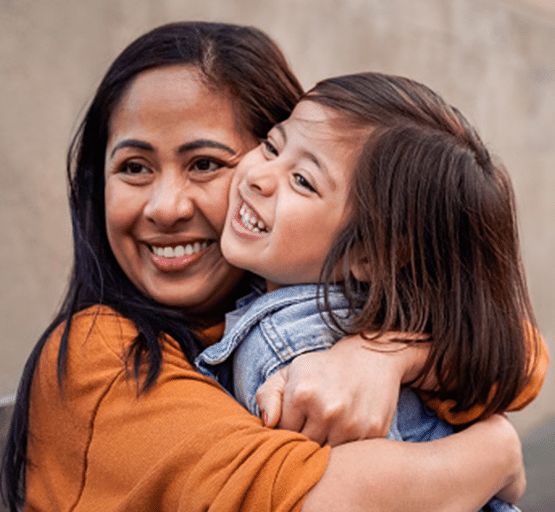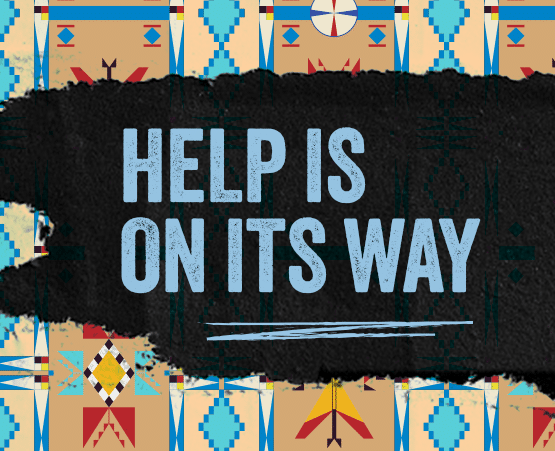An opioid overdose requires immediate medical attention. Call 911 immediately if you or someone you know exhibits any of the symptoms.

Minnesota’s American Indian communities have history of deprivation and persecution. Today, opioids threaten to unravel the hard-won progress that’s been made. The scourge of opioids can take many forms, and fentanyl is now a typical ingredient in almost all street drugs like meth or cocaine. For those trying to quit opioids or taking an opioid suppressant, meth may be used to get high or avoid the sickness of opioid withdrawal.
This presents a two-fold danger: the risk of continued addiction and the likelihood of overdose due to incredibly toxic ingredients.
of Minnesotans who received treatment for opioid use disorder are part of this community
Source: MDH
The American Indian community has a familiar adage that states, “Prevention is about heritage, and recovery is about culture.” This is especially true for opioids. While valuing one’s heritage and values can help someone steer clear of addiction, the challenge of recovery requires a deep commitment to one’s roots and the cultural practices designed to restore the connection to the greater community. It’s a long road – there are no “quick fixes.” But the rewards are limitless for those who can find support and persevere. It’s also important to have a realistic understanding of what recovery can be. For example, it may not mean going “cold turkey” – for many, this is impossible. But even the smallest steps toward self-care and positive connections can make a big difference over time.


If you – or someone you know – is struggling with substance use disorder, there are 24/7 resources to help. Visit Fast-Tracker to learn more.
If someone you know is experiencing symptoms of an overdose, call 911 immediately.